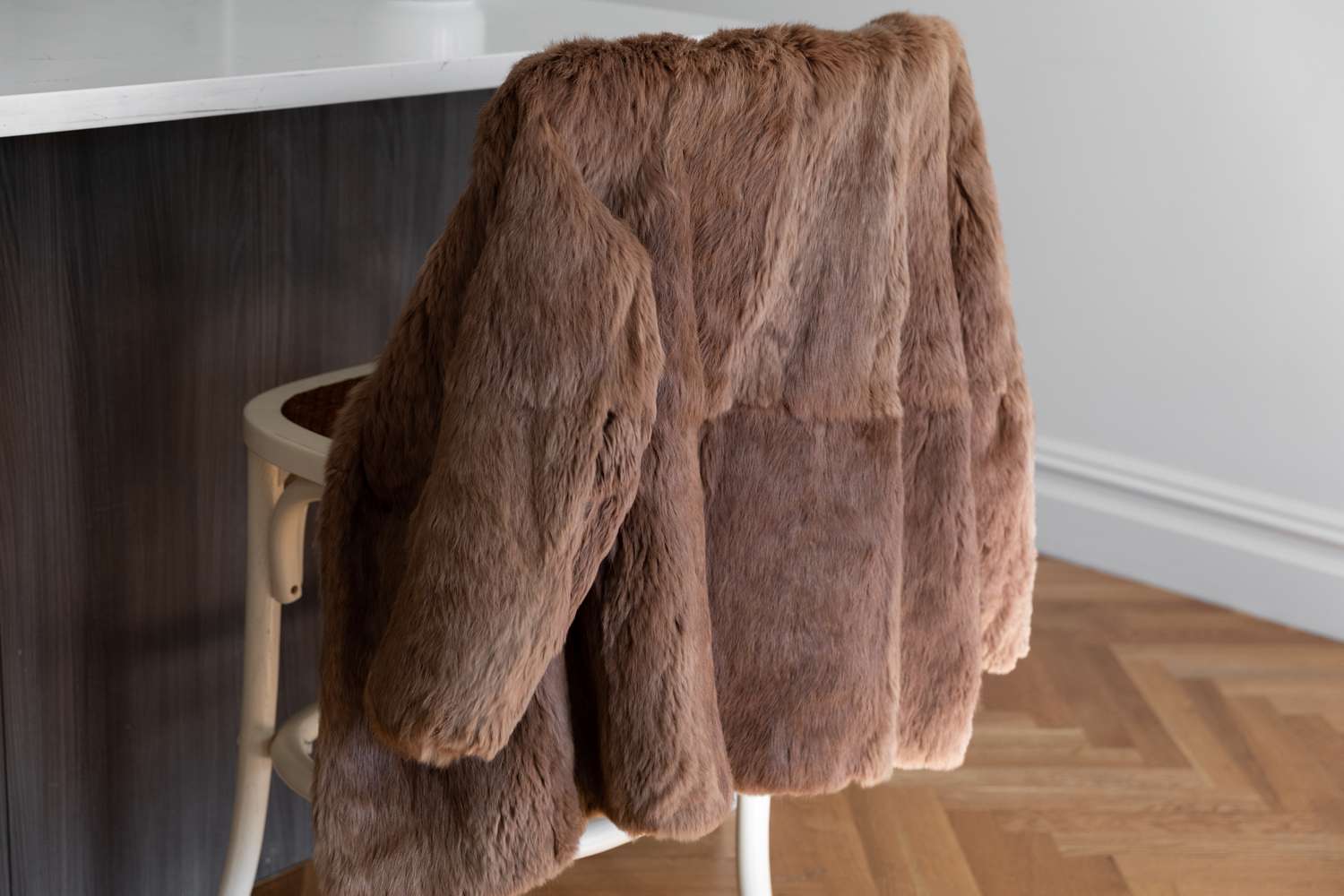

Articles
How To Store Fur Coats At Home
Modified: February 22, 2024
Learn how to properly store fur coats at home with these helpful articles. Find tips and techniques to maintain the quality and longevity of your fur garments.
(Many of the links in this article redirect to a specific reviewed product. Your purchase of these products through affiliate links helps to generate commission for Storables.com, at no extra cost. Learn more)
Introduction
When the colder months approach, it’s time to bring out your luxurious fur coats to keep warm and stylish. However, when the warm weather returns, proper fur coat storage becomes crucial to maintain the integrity and longevity of these valuable garments. By following the right storage techniques, you can ensure that your fur coats remain in pristine condition, ready to be worn when the next winter season arrives.
In this article, we will guide you through the process of storing fur coats at home. We will discuss the importance of proper storage, the ideal storage location, how to prepare your fur coat for storage, as well as tips on cleaning, maintaining humidity levels, and using fur storage bags or boxes. By incorporating these practices into your fur coat storage routine, you can rest assured that your prized possessions will stay protected and retain their glamour for years to come.
Key Takeaways:
- Proper fur coat storage involves protecting against moths, maintaining humidity levels, and avoiding heat and light exposure. By following these practices, you can preserve the beauty and longevity of your luxurious fur garments.
- Regular cleaning, proper hanging, and utilizing fur storage bags or boxes are essential for maintaining fur coats. Checking on your fur coat regularly ensures early detection of any potential issues, contributing to its optimal condition.
Read more: How To Store A Fur Coat
Understanding the Importance of Proper Fur Coat Storage
Fur coats are not just garments; they are investments. Whether you own a vintage fur coat or a contemporary piece, proper storage is essential to keep them in their best condition. Fur is a delicate and luxurious material that requires special care to maintain its luster, softness, and shape. Without proper storage, your fur coats can be susceptible to damage from moths, humidity, heat, and even excessive light exposure.
One of the primary reasons for storing fur coats properly is to prevent the growth of moths and other insects that can turn your luxurious fur into a feast. Moths are attracted to the natural fibers found in fur and can cause irreversible damage by eating through the fabric. Storing your fur coat in a protective bag or box will act as a barrier against these pests.
Another crucial aspect of proper fur coat storage is maintaining the appropriate humidity levels. Furs thrive in a humid environment, as it helps to preserve their natural oils and keeps them supple. However, excessive humidity can lead to mold and mildew growth, which can permanently damage the fur. It is recommended to store your fur coat in an environment with humidity levels between 45% to 55%.
Protecting your fur coat from heat and light is equally important. Excessive heat can cause the fur to become dry and brittle, resulting in shedding and loss of its luxurious texture. Likewise, prolonged exposure to light can lead to color fading, especially in brightly lit areas. By storing your fur coat in a cool, dark, and well-ventilated space, you can ensure that it remains in optimal condition.
In summary, proper fur coat storage is crucial to protect your investment and preserve the beauty of your garments. By preventing insect damage, maintaining the right humidity levels, and minimizing heat and light exposure, you can enjoy your fur coats for years to come.
Choosing the Right Storage Location
Selecting the right storage location is key to ensuring the longevity of your fur coats. When determining where to store your fur garments, several factors need to be considered.
First and foremost, choose a location that is cool, dark, and well-ventilated. Avoid areas that are subjected to extreme temperatures or direct sunlight, as this can damage the fur and cause color fading. Heat can dry out the natural oils in the fur, leading to brittleness and shedding. Similarly, prolonged exposure to light can cause the fur to fade over time. A cool and dark storage area will help to maintain the fur’s integrity and keep it looking luxurious.
It is also important to find a location with stable humidity levels. As mentioned earlier, fur thrives in a humid environment, but excessive humidity can lead to mold and mildew growth. Seek a storage area where humidity levels range between 45% to 55%. This will help preserve the natural oils in the fur and prevent it from becoming brittle or overly dry.
Furthermore, consider the space available for hanging or storing your fur coats. Ideally, opt for a spacious area where your fur coats can hang freely without being cramped. Avoid compressing the coats or storing them in tight spaces. Proper airflow is necessary to prevent the buildup of moisture and the growth of mold or mildew.
Lastly, think about the security of the storage location. Fur coats are valuable items, so choose a place that is secure and protected from potential theft or damage. Consider locked closets, storage rooms, or even professional fur storage facilities if you want added security and peace of mind.
By selecting a storage location that meets these criteria, you can ensure that your fur coats remain protected and well-preserved during the off-season. Remember, a suitable storage location is a vital factor in maintaining the longevity and beauty of your fur garments.
Preparing Your Fur Coat for Storage
Before storing your fur coat, it is important to take certain steps to prepare it properly. This will help ensure that your fur remains in optimal condition and is well-protected during its time in storage. Follow these guidelines to prepare your fur coat for storage:
Clean Your Fur Coat: Before storing your fur coat, it is essential to have it professionally cleaned. Over time, dirt, oils, and other residues can accumulate on the fur, which could attract insects or cause discoloration. Professional fur cleaning experts have the necessary knowledge and tools to effectively clean and rejuvenate fur coats without compromising their quality. Avoid attempting to clean the fur coat yourself, as improper cleaning methods can damage the delicate fur fibers.
Inspect for Damage: Before storing, carefully inspect your fur coat for any signs of damage or wear. Check the lining, seams, closures, and any damaged or loose fur. If you notice any issues, it is best to have them repaired by a professional furrier before storing the coat. Storing a damaged fur coat can worsen the problem and may result in irreparable damage.
Lay Flat and Air Out: Start the storage process by laying your fur coat flat on a clean surface. Let it air out for a while to ensure that any moisture or odors trapped in the fur dissipate. Avoid placing the coat near strong odors or using any scented products, as these can transfer onto the fur and affect its natural scent.
Keep Accessories Separate: If your fur coat has detachable accessories such as collars or cuffs, it is best to remove them before storage. Store these accessories separately in a cool and dry place to prevent them from getting lost or damaged.
Properly Secure Closures: Ensure that all closures, such as buttons, zippers, or hooks, are securely fastened before placing the fur coat in storage. This will help maintain the shape of the coat and prevent any stress on the closures during storage.
By following these steps and properly preparing your fur coat for storage, you can ensure that it remains in excellent condition and ready to be worn when the colder seasons return. Taking the time to prepare the fur coat will contribute to its longevity and help preserve its beauty for years to come.
Cleaning Your Fur Coat
Regular cleaning is essential for maintaining the beauty and longevity of your fur coat. Proper cleaning helps remove dirt, oils, and other accumulated residues that can damage the fur fibers. While professional cleaning is recommended for deep and thorough cleaning, there are some steps you can take to keep your fur coat clean and fresh:
Brushing: Brushing your fur coat regularly helps remove surface dust and keep the fur looking lustrous. Use a soft-bristled fur brush and gently brush in the direction of the fur’s natural flow. Be cautious not to exert too much pressure or pull the fur, as this can cause damage or shedding.
Avoid Moisture: Keep your fur coat away from moisture as much as possible. If it gets damp, gently shake off any excess water and hang it in a well-ventilated area to air dry naturally. Never use direct heat, such as a hairdryer or radiator, to speed up the drying process, as this can damage the fur.
Spot Cleaning: If your fur coat has a small stain or spot, you can attempt to remove it gently using a damp cloth. Dab the cloth on the affected area, being careful not to rub or saturate the fur. For stubborn stains, it is best to consult a professional fur cleaner to prevent any damage during the cleaning process.
Professional Cleaning: It is recommended to have your fur coat professionally cleaned at least once a year, ideally before storing it for the off-season. Professional fur cleaners have the expertise and specialized equipment to thoroughly clean and rejuvenate fur coats without causing any harm to the delicate fur fibers. They can address any deep-seated stains, odors, or other issues that may require professional attention.
Storage Precautions: It is important to clean your fur coat before storing it to avoid attracting pests or causing damage during the storage period. Be sure to follow the above-mentioned steps for preparing your fur coat for storage after cleaning it.
By regularly cleaning and maintaining your fur coat, you can extend its lifespan and keep it looking beautiful for years. Remember to follow the recommended guidelines and consult a professional for any in-depth cleaning needs. Taking care of your fur coat will not only preserve its appearance but also ensure that you can enjoy its warmth and elegance season after season.
Store fur coats in a cool, dark place with good air circulation to prevent drying out. Avoid plastic bags, which can trap moisture and cause damage. Use a breathable garment bag instead.
Read more: How To Store A Fur Coat At Home
Maintaining Proper Humidity Levels
Maintaining the correct humidity levels is crucial for the preservation of your fur coat. Fur is a natural material that requires a certain level of moisture to remain supple and luxurious. However, excessive humidity can lead to mold and mildew growth, while low humidity can cause the fur to become dry and brittle. Here are some tips to maintain the proper humidity levels for your fur coat:
Use a Humidifier: If you live in a dry climate or during the winter season when indoor heating reduces humidity, consider using a humidifier in the storage area where you keep your fur coat. A humidifier will help add moisture to the air and maintain a healthy humidity level, ensuring that the fur retains its natural oils and elasticity.
Monitor Humidity Levels: Invest in a hygrometer or use a digital humidity monitor to regularly check the humidity levels in the storage area. The ideal range for storing fur coats is between 45% and 55% humidity. If the levels fall below or exceed this range, take appropriate measures to adjust the humidity. Open windows for fresh air circulation or use a dehumidifier if the humidity is too high.
Avoid Extreme Temperature Changes: Rapid temperature changes can cause condensation to form on the fur, leading to moisture buildup. It is important to store your fur coat in an area where the temperature remains stable. Avoid placing your fur coat near heating vents or areas with fluctuating temperatures, as this can result in an imbalance of humidity levels.
Rotate the Fur Coat: Occasionally, take the fur coat out of storage and allow it to breathe in an area with normal humidity levels. This rotation will help prevent any potential moisture buildup and ensure that the fur coat maintains its suppleness and natural beauty.
Avoid Excessive Handling: Excessive handling of the fur coat can transfer oils and moisture from your skin to the fur, unnecessarily changing the humidity levels. Minimize touching the fur with bare hands, and if necessary, wear clean gloves to protect the fur from any oils or moisture present on your hands.
By maintaining proper humidity levels, you can prevent the growth of mold and mildew while preserving the natural oils and softness of the fur. The right moisture balance will ensure that your fur coat remains in optimal condition, ready to be worn when the colder seasons arrive.
Properly Hanging Your Fur Coat
Properly hanging your fur coat is essential to maintain its shape and prevent any unnecessary stress on the fur fibers. Here are some guidelines to ensure that your fur coat is hung correctly:
Use a Sturdy Hanger: Invest in a sturdy, wide-shouldered hanger that can fully support the weight of your fur coat. Avoid using wire hangers or thin plastic hangers as they may cause the coat to sag or lose its shape over time.
Ensure Proper Shoulder Fit: When hanging the fur coat, make sure it sits properly on the hanger’s shoulder support. The shoulders should align with the hanger’s edge, allowing the coat to hang naturally and prevent any unnecessary stress on the shoulder areas.
Avoid Hanging in Direct Sunlight: Choose a storage location away from direct sunlight. Prolonged exposure to sunlight can fade the fur and cause discoloration. Hang your fur coat in a cool, dark area to preserve its color and maintain its luxurious appearance.
Avoid Compressing the Fur: Do not store your fur coat in a tightly packed closet or compress it with other items. Allow sufficient space for the fur to hang freely to maintain its shape and avoid any unnecessary flattening or creasing. Proper airflow is essential to prevent moisture buildup and help the fur coat retain its natural suppleness.
Keep It Away from Strong Odors: Avoid hanging your fur coat near areas with strong odors, such as stored chemicals, mothballs, or perfumes. Fur easily absorbs odors, and these scents can be challenging to remove. Hang your fur coat in a clean and odor-free environment to maintain its natural aroma.
Rotate the Hanger: Occasionally rotate the hanger and turn your fur coat inside the storage area. Rotating the hanger prevents any areas of the fur from being in constant contact with the hanger, reducing the chance of flattening or distortion.
Properly hanging your fur coat ensures that it retains its shape, remains free from unnecessary stress, and is easily accessible when you need it. With the right hanger and storage environment, your fur coat will be preserved and ready for wear whenever the colder weather arrives.
Using Fur Storage Bags or Boxes
Using fur storage bags or boxes is an effective way to provide an extra layer of protection for your fur coat during storage. These specialized storage solutions help shield your fur from dust, light, and potential damage. Here’s how to properly utilize fur storage bags or boxes:
Choose the Right Bag or Box: Select a fur storage bag or box that is specifically designed for fur garments. These containers are made from breathable materials that allow air circulation to prevent moisture buildup while keeping the fur protected. Avoid using plastic bags or regular cardboard boxes, as they can trap moisture and damage the fur.
Ensure Cleanliness: Before placing your fur coat into the storage bag or box, make sure it is clean and free from any dirt or residues. Cleaning your fur coat beforehand will help prevent any potential staining or unpleasant odors during the storage period.
Allow Airspace: When placing your fur coat in a storage bag or box, ensure that there is enough airspace around the garment. This allows for proper airflow, preventing any moisture accumulation and maintaining the fur’s quality. Avoid tightly packing the fur or compressing it in the storage container.
Avoid Long-Term Storage: While fur storage bags or boxes are effective for short-term storage, it is not recommended to leave your fur coat in these containers for an extended period. Ideally, fur coats should hang freely with ample airflow. If you need to store your fur coat for a more extended period, consider utilizing a climate-controlled fur storage facility.
Protect Against Moths: To further protect your fur coat from moths and insects, consider placing mothballs or cedar chips in the storage bag or box. These natural repellents can deter pests and safeguard your fur from potential damage. However, be cautious not to place mothballs directly in contact with the fur, as their strong scent can be absorbed by the fur fibers.
Store in a Cool, Dark Location: Once your fur coat is securely stored in a bag or box, make sure to keep it in a cool, dark storage location. Avoid areas exposed to sunlight or extreme temperature fluctuations, as these can negatively impact the fur’s quality over time.
Using fur storage bags or boxes adds an extra layer of protection to your fur coat during storage. By following these guidelines, you can ensure that your fur remains in excellent condition and ready to be worn whenever you need it.
Checking on Your Fur Coat Regularly
Regularly checking on your fur coat is an important practice to ensure its well-being during storage. By inspecting the coat periodically, you can catch any potential issues early on and take appropriate measures to prevent damage. Here are some tips on how to check on your fur coat regularly:
Inspect for Signs of Moths or Insects: Look for any signs of moth or insect infestation. Check for small holes, shedding fur, or any other visible damage. If you notice any signs of pests, it is crucial to take immediate action to prevent further damage. Consult a professional furrier for guidance on how to address the issue effectively.
Check for Signs of Mold or Mildew: Inspect the fur coat for any signs of mold or mildew growth. Look for discoloration, musty odors, or fuzzy patches on the fur. If you detect any signs of mold or mildew, it is important to address the issue promptly. Take the fur coat to a professional cleaner experienced in handling mold or mildew removal from fur garments.
Ensure Proper Hanging and Storage: Check that the fur coat is hanging properly and not experiencing any unnecessary stress. Make sure it is securely hung on a wide-shouldered hanger and that the shoulders align with the hanger’s edge. Additionally, ensure that the fur storage bag or box is intact and providing adequate protection.
Look for Signs of Damage: Examine the coat for any signs of damage, such as loose or torn fur, loose threads, or damaged closures. If you notice any issues, it is best to have them repaired by a professional furrier to prevent further damage during storage or future wear.
Check the Humidity Levels: Monitor the humidity levels in the storage area regularly. Ensure that the humidity remains within the optimal range of 45% to 55%. If necessary, adjust the humidity levels by utilizing a humidifier or dehumidifier, as needed, to maintain the ideal conditions for fur storage.
Rotate the Fur Coat: Periodically rotate the fur coat within the storage area to prevent any areas from being in constant contact with the hanger. This helps maintain an even distribution of airflow and prevents unnecessary flattening or creasing of the fur.
Regularly checking on your fur coat ensures that you catch any potential issues early on and can address them promptly. Through thorough inspections and appropriate maintenance, you can keep your fur coat in optimal condition and enjoy its beauty for years to come.
Read more: How To Store Fur Coats In Summer
Conclusion
Properly storing your fur coats at home is essential for maintaining their quality, longevity, and beauty. By following the right storage techniques, you can ensure that your fur coats remain in pristine condition and ready to be enjoyed for years to come.
We have discussed the importance of proper fur coat storage, including the prevention of insect damage, maintaining humidity levels, and protecting against heat and light exposure. By storing your fur coat in a cool, dark, and well-ventilated location, you can create the ideal environment for preserving its natural beauty.
We also explored the necessary steps to prepare your fur coat for storage, including professional cleaning, inspecting for damage, and allowing the coat to air out. By taking these precautions, you can ensure that your fur coat is ready for storage and prevent any potential problems from escalating.
Furthermore, we discussed the importance of cleaning your fur coat regularly to remove dirt and keep it looking fresh. From brushing to spot cleaning and professional cleaning, each method contributes to maintaining the fur’s luster and prolonging its lifespan.
Maintaining proper humidity levels is crucial for the wellbeing of your fur coat. By using humidifiers, monitoring humidity levels, and avoiding extreme temperature changes, you can preserve the natural oils in the fur and prevent mold or brittleness.
Properly hanging your fur coat ensures that it maintains its shape and minimizes stress on the fur fibers. By using sturdy hangers, avoiding direct sunlight, and allowing adequate airflow, you can keep your fur coat in optimal condition during storage.
Using fur storage bags or boxes offers an extra layer of protection for your fur coat. By choosing the right storage container, maintaining cleanliness, and storing in a cool, dark location, you can safeguard your fur from dust, light, and potential damage.
Lastly, checking on your fur coat regularly allows you to catch any issues early on. By inspecting for pests, mold, damage, and monitoring humidity levels, you can address any concerns promptly and prevent further damage.
In conclusion, proper fur coat storage involves a combination of preventive measures, regular maintenance, and suitable storage solutions. By implementing these practices, you can preserve the beauty and integrity of your fur coats and ensure that they remain cherished items in your wardrobe for years to come.
Frequently Asked Questions about How To Store Fur Coats At Home
Was this page helpful?
At Storables.com, we guarantee accurate and reliable information. Our content, validated by Expert Board Contributors, is crafted following stringent Editorial Policies. We're committed to providing you with well-researched, expert-backed insights for all your informational needs.
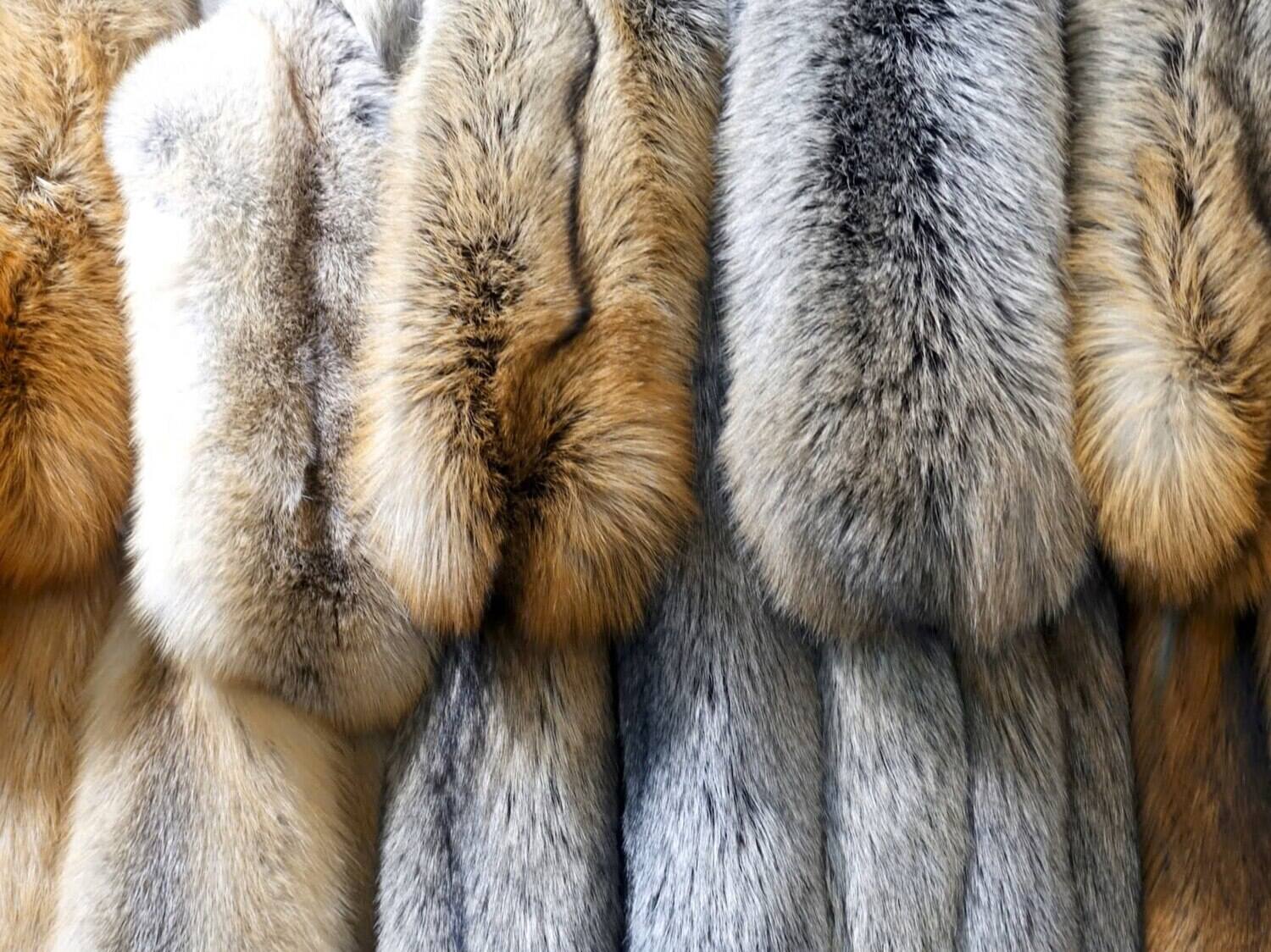
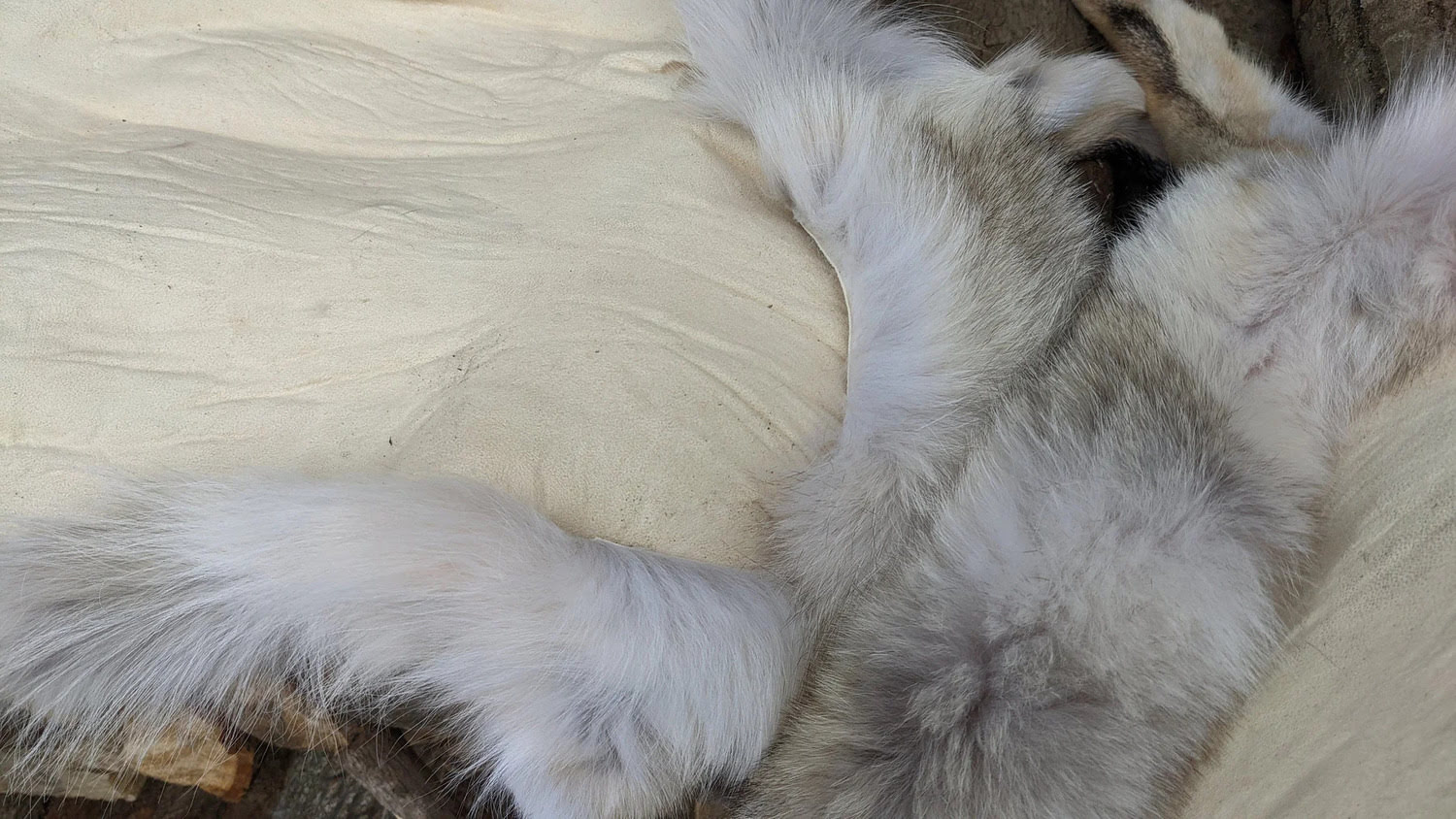
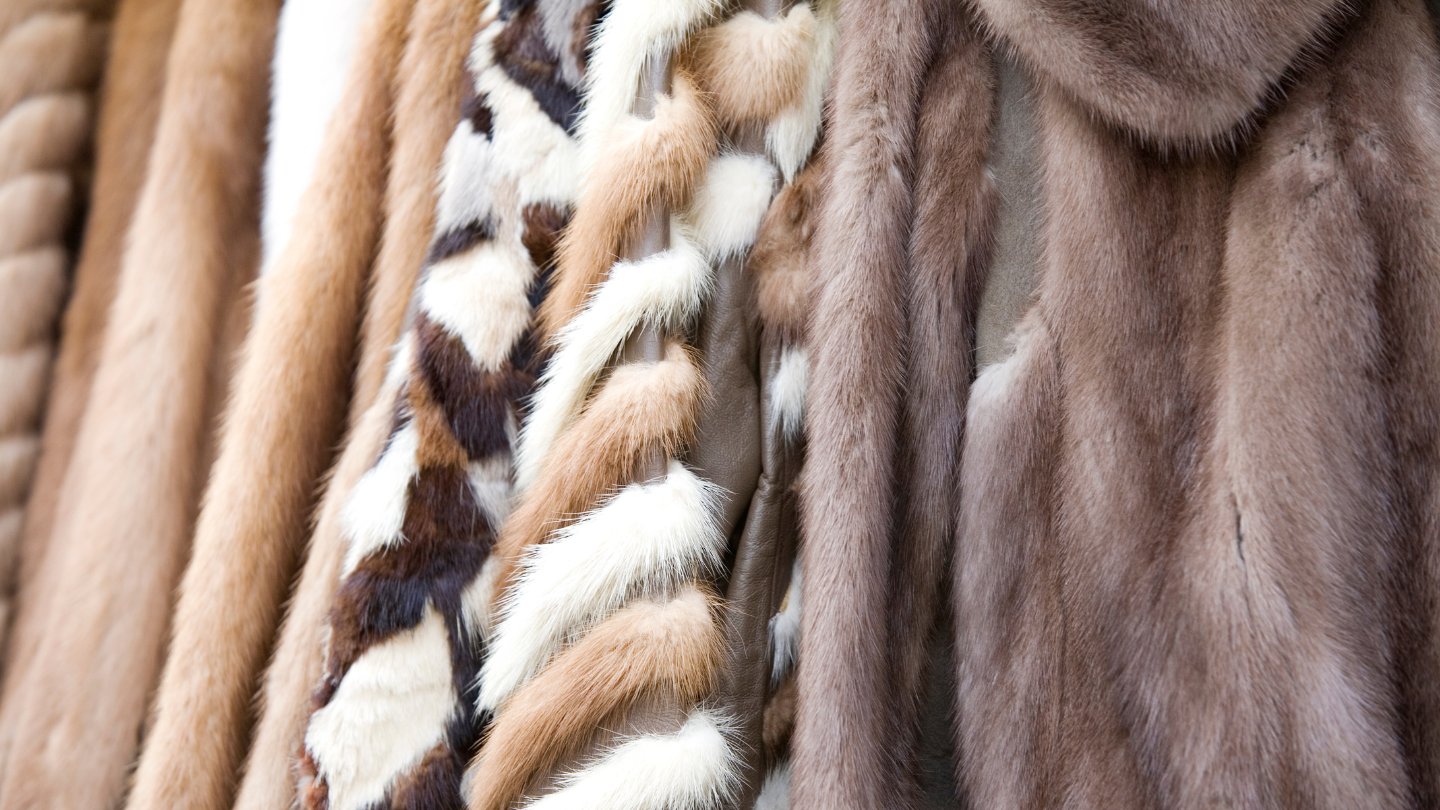
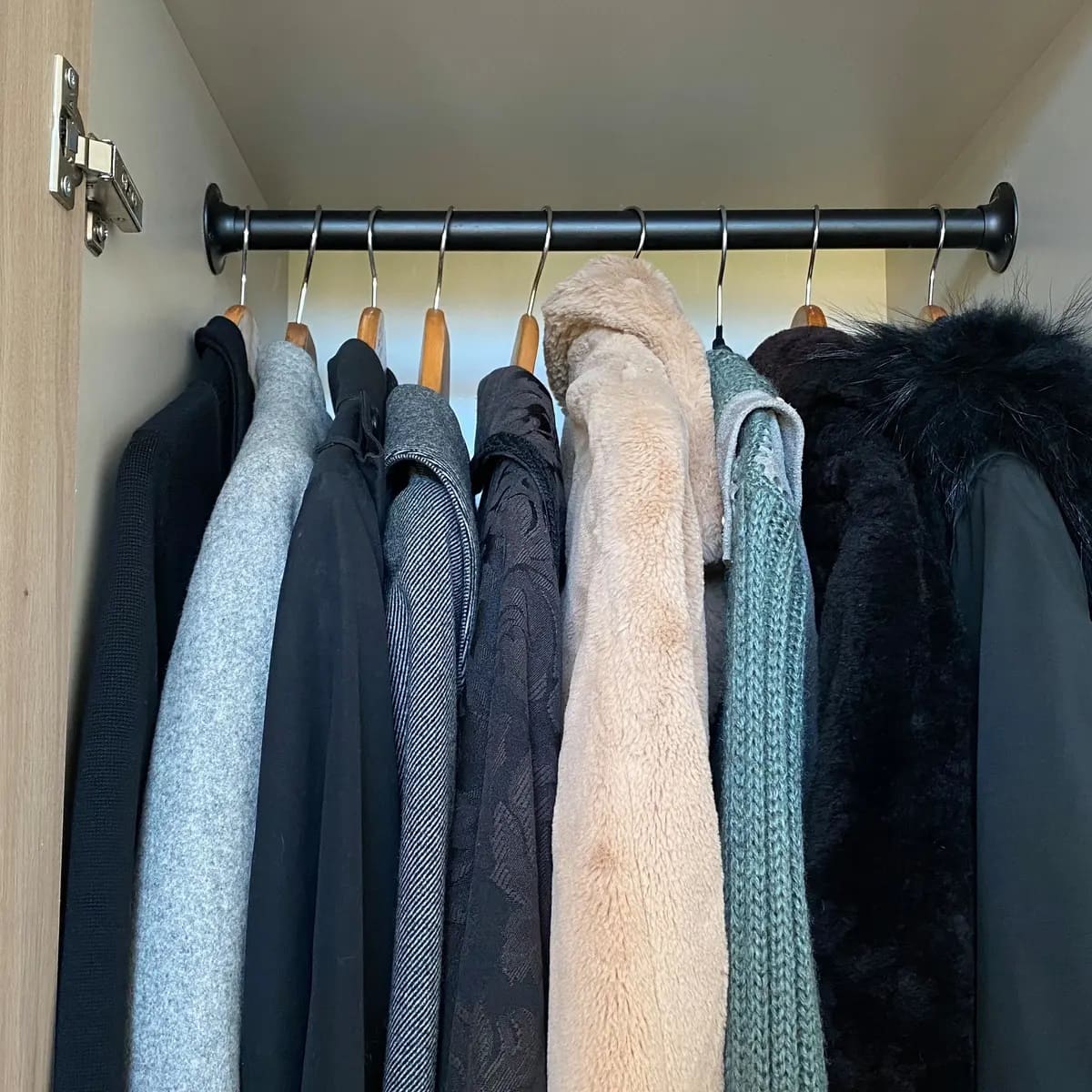

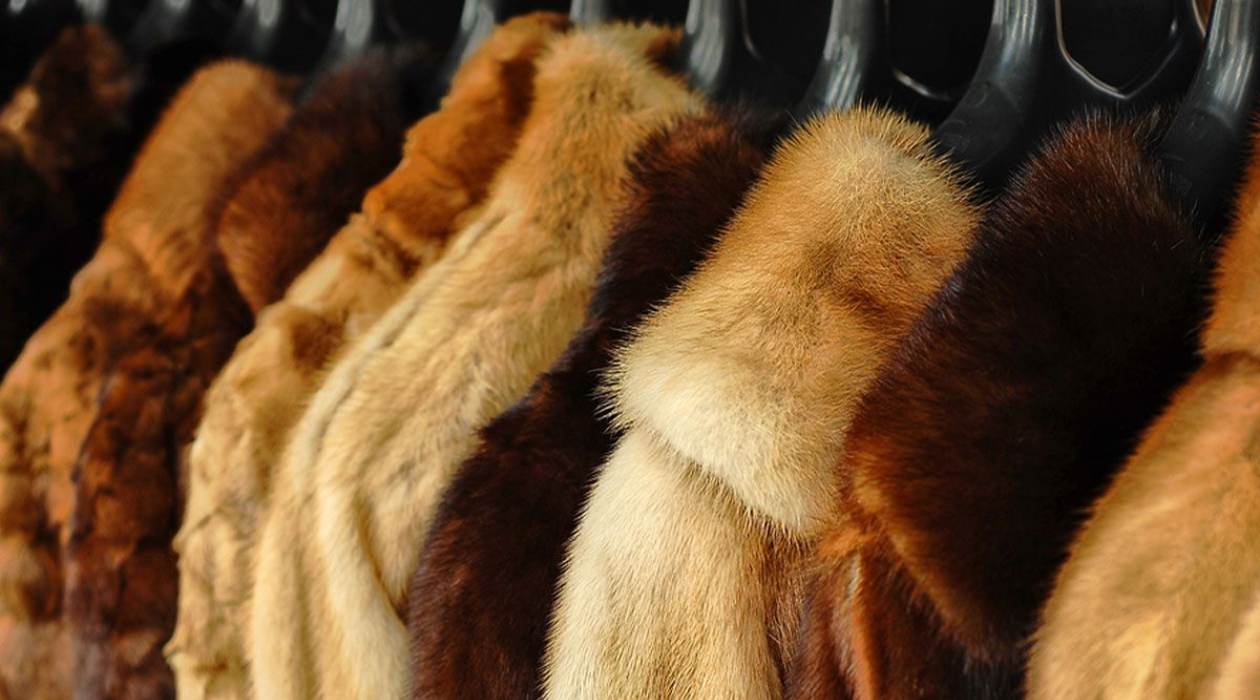


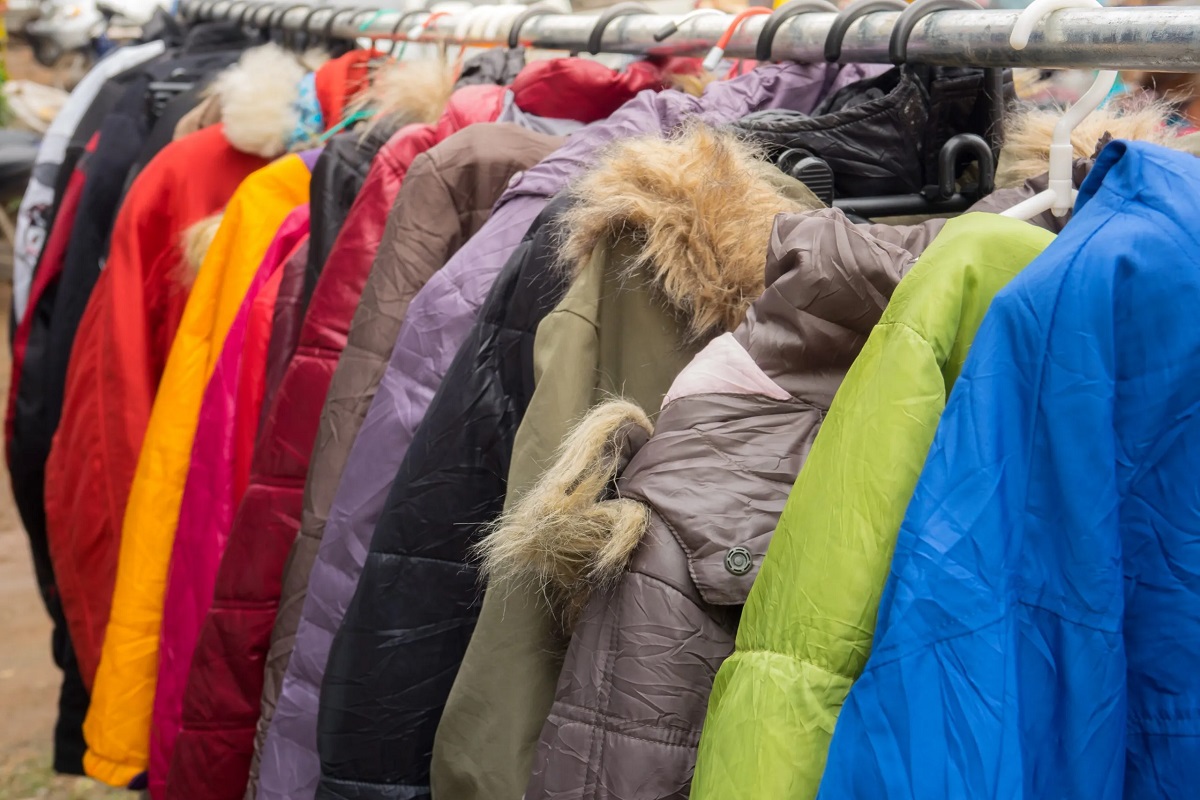

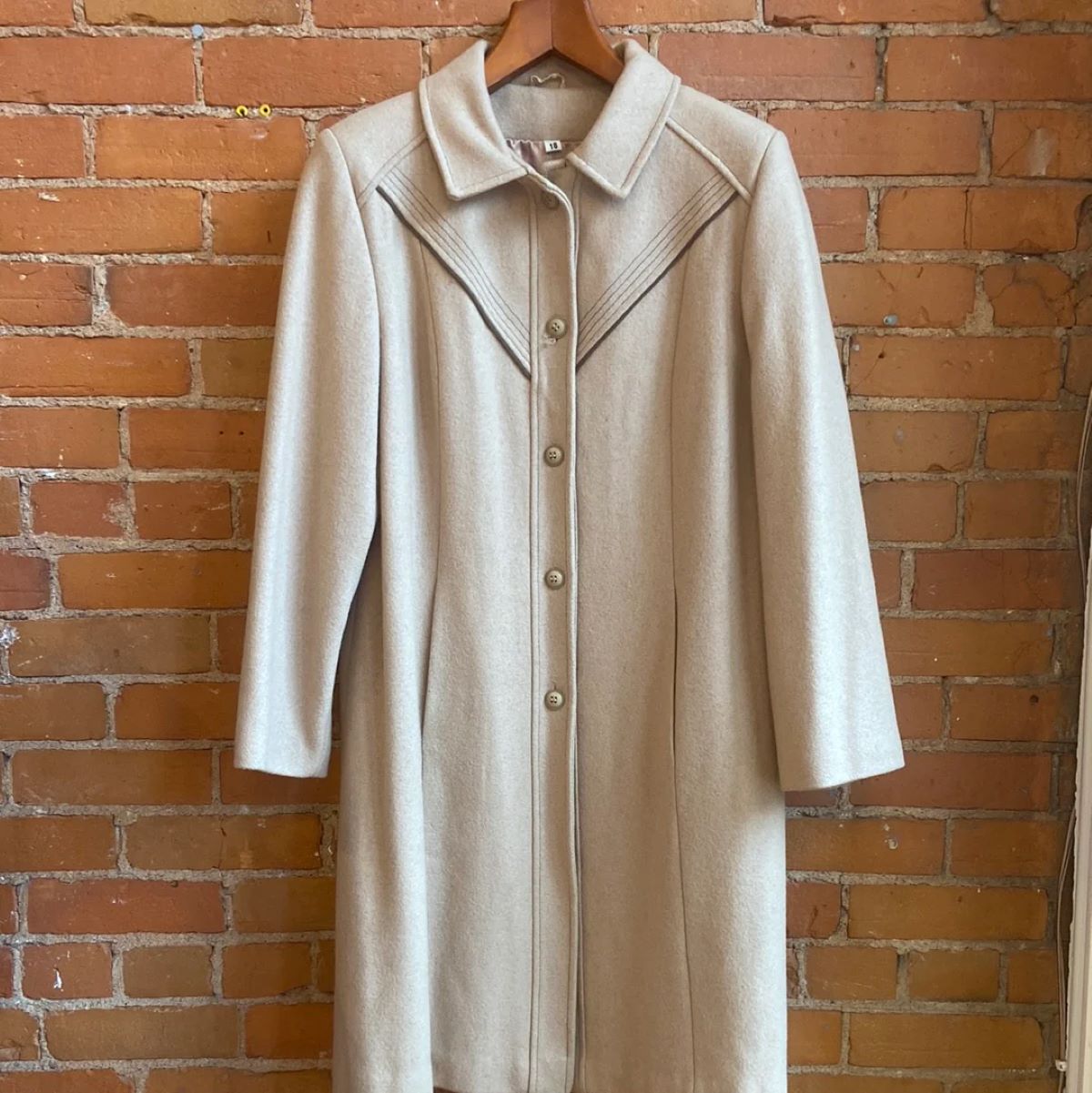
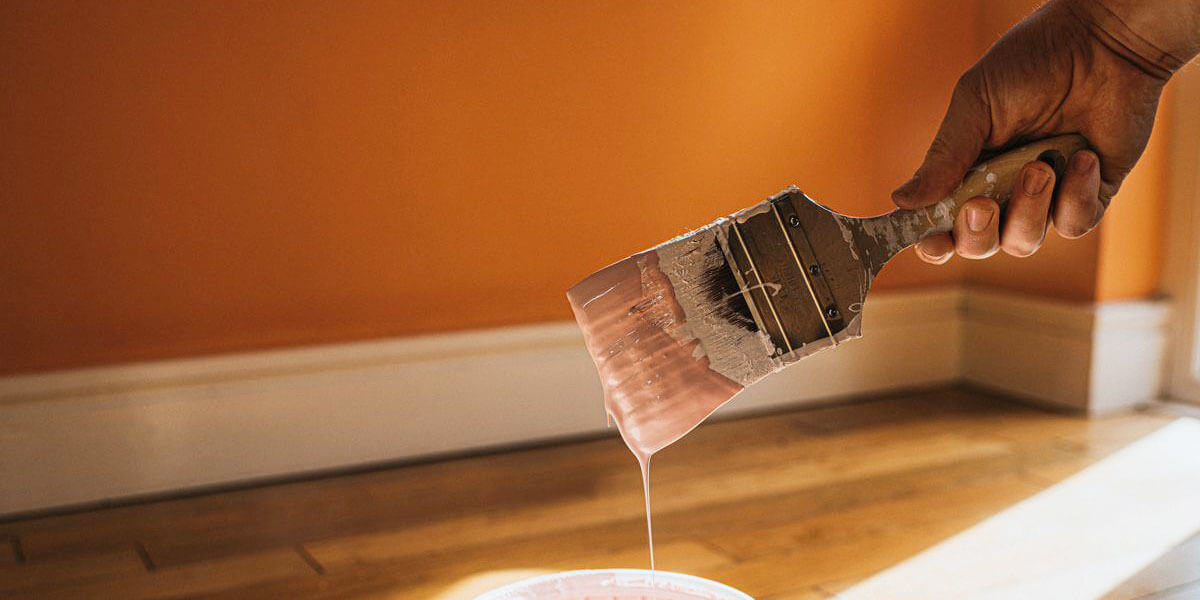
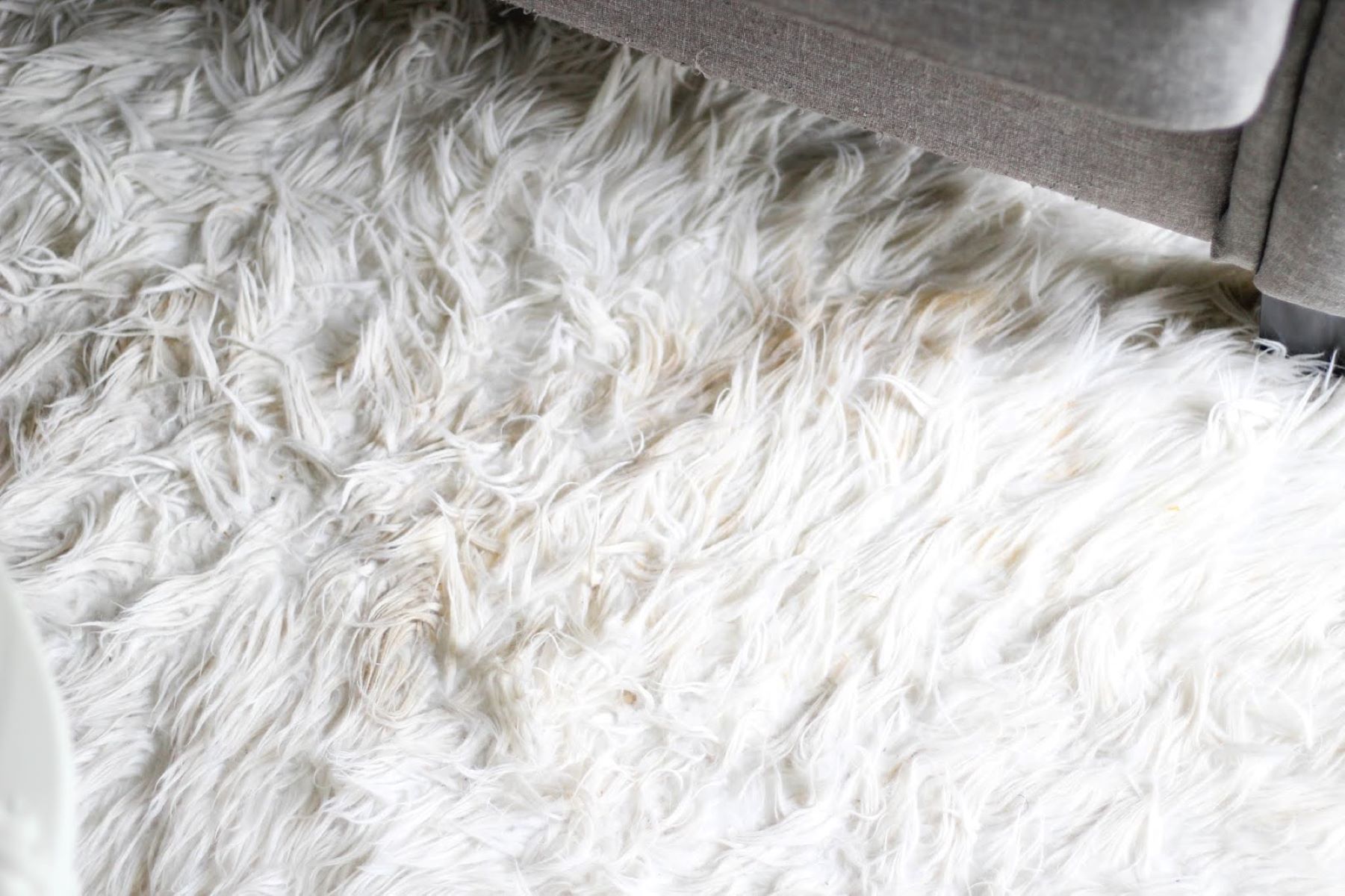

0 thoughts on “How To Store Fur Coats At Home”